Business

5 min
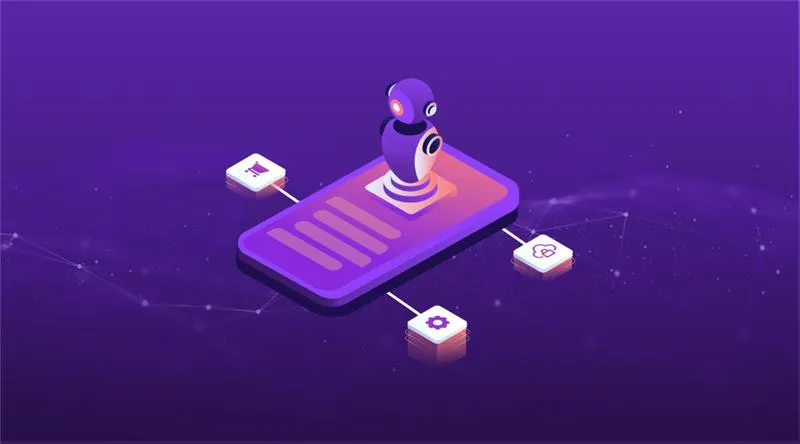
Explore top generative AI use cases across healthcare, banking, insurance, retail, and more. Learn how to apply generative AI in business operations, reduce costs, and boost efficiency with expert tips to get started quickly. Discover industry-specific AI solutions and implementation strategies.

By Dhruv Joshi
22 Jul, 2025
Generative AI is changing how businesses work. It's not just a trend. It's a real tool that's helping companies save time, cut costs, and make better decisions.
In fact, McKinsey says generative AI could add up to $4.4 trillion to the global economy every year. Another study shows over 80 percent of businesses will use it by 2026.
That means your business can't afford to ignore it.
This blog will walk you through the top generative AI use cases across industries. You'll also learn how to get started in a simple and direct way.
Before we jump into real examples, let’s take a quick look at what generative AI can actually do for your business.
It’s not just about writing fast or answering questions. It can change the way your team works every day.
Saves time and reduces cost
Generative AI helps finish boring tasks faster. That means your team has more time to do work that matters. It also helps save money by cutting down manual work.
Helps you make better decisions
AI can read big reports or tons of data and give you a quick summary. This helps your team make faster and smarter choices without spending hours.
Makes customer experience better
You can use generative AI to reply to users quickly and clearly. It helps your customers get the right answer without waiting. That builds trust and makes support smoother.
Speeds up content creation
Writing blogs, emails, or reports takes a lot of time. Generative AI helps you create these things in minutes. This helps your marketing and content teams work faster.
Personalizes what users see
AI can learn from your customer’s behavior. It then gives smart suggestions or custom messages. This makes your emails, chats, and offers feel more personal.
Supports product development
Generative AI also helps your product team. It can write early drafts, build ideas, or organize tasks. This helps you launch better products faster.
Now that you know how generative AI helps in business, let’s look at how different industries are actually using it today.
Below are the top ways businesses are using generative AI today. These examples are real, practical, and ready to use.
Generative AI use cases in healthcare are making a real difference in both patient care and admin work.
How it's used:
What it improves:
Real Example:
Mayo Clinic is using Nuance DAX Copilot (powered by Microsoft and OpenAI) to assist doctors with clinical note-taking and reduce the time spent on paperwork.
Pfizer has used IBM’s Watson for Drug Discovery and internal generative AI models to accelerate drug discovery processes during the development of new vaccines.
This is one area where generative AI healthcare use cases truly shine. It brings more accuracy and better outcomes.
Banks are using AI to work smarter. It helps them protect customer money and make daily work easier.
How it's used:
What it improves:
Real Example:
JPMorgan Chase uses a generative AI system called COIN to review legal documents and loan agreements, saving over 360,000 hours of work annually. Wells Fargo uses AI to power customer service chatbots that handle over 65 percent of common queries without human help.
The best part? Generative AI use cases in banking reduce cost while boosting customer trust.
In insurance, AI is helping process claims and manage customer support faster than ever.
How it's used:
What it improves:
Real Example:
Lemonade Insurance uses AI bots to handle claims processing. Its AI chatbot "Jim" can approve and pay simple claims in under three seconds. Allianz uses AI to analyze claims data and speed up fraud detection.
That's why generative AI insurance use cases are on the rise. It's all about speed and service.
Factories and product teams are using AI to improve quality and reduce waste.
How it's used:
What it improves:
Real Example:
General Electric (GE) uses generative AI to improve equipment design and predict system failures. BMW has integrated AI into production lines to identify defects using image recognition and automated workflows.
Want to explore more? Here's a guide on how AI is transforming the manufacturing industry.
These are powerful generative AI use cases that make the factory floor smarter.
Retailers are using AI to create better shopping experiences and automate content at scale.
How it's used:
What it improves:
Real Example:
Shopify uses generative AI to help sellers write better product descriptions and email campaigns. Amazon uses AI to personalize product suggestions and automate warehouse inventory management.
Using generative AI in business here helps stores stay ahead of customer needs.
This is a creative field where AI tools really shine. They speed up everything from writing to video creation.
How it's used:
What it improves:
Real Example:
BuzzFeed uses generative AI to produce quizzes, listicles, and story concepts. Netflix is exploring AI-driven tools to generate short trailers and automate dubbing for global markets.
Industry specific AI like this makes it possible for even small teams to produce big results.
If you run a large company, there are many generative AI enterprise use cases worth exploring.
How it's used:
What it improves:
Real Example:
Accenture uses generative AI across departments for internal documentation and training modules. Slack has integrated generative AI features to summarize threads and recommend responses within teams.
These tools are designed to fit into everyday work. That's why generative AI for business is growing fast in corporate settings.
You don't need to be a tech expert. You don't even need a big budget to begin. What you do need is a clear approach and a bit of focus.
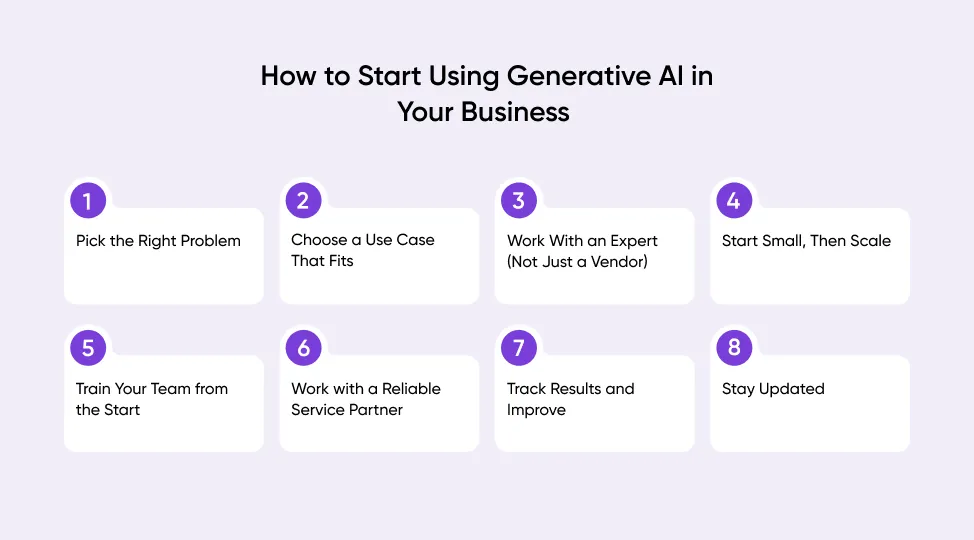
Let's break it down into simple steps.
1. Pick the Right Problem
Start by looking at your daily work. Ask yourself:
These are the signs. These are the areas where generative AI in business operations can help right away.
It could be writing product descriptions, replying to support queries, creating reports, or organizing documents. Whatever it is, start there.
2. Choose a Use Case That Fits
Now that you know the problem, go back to the use cases we shared earlier in this blog.
Pick one or two that match your business goals. For example:
This is where ai for specific industry becomes useful. Choose a path that solves a real issue—not just something trendy.
3. Work With an Expert (Not Just a Vendor)
This part matters more than you think.
It's tempting to try AI tools on your own, but working with the right expert can save you months of time and avoid big mistakes.
Look for a trusted generative ai development company that understands your industry and your goals. They'll help you choose the right tools, set them up correctly, and guide your team through the process.
Don't try to figure it all out yourself. You don't have to.
4. Start Small, Then Scale
This step is where a lot of businesses get it right—or wrong.
You don't need to roll out AI across your whole company at once. In fact, you shouldn't.
Start with one use case. One team. One department.
Measure what works. Talk to your team. Get feedback. Then improve the system and slowly expand it to more areas.
That's how generative AI for business grows in a healthy, sustainable way.
5. Train Your Team from the Start
AI won't replace your people. But it will change how they work.
That's why training is key. Make sure your employees understand what AI can do, and how to use it in their day-to-day tasks.
Simple tips like how to write a good prompt, or how to check AI outputs, can make a big difference.
Once your team gets comfortable, you'll see faster adoption and better results from your tools.
6. Work with a Reliable Service Partner
If setting everything up feels overwhelming, don't worry. You don't need to manage all the tech on your own.
Reach out to someone who offers AI implementation services.
These service providers take care of the setup, the integration, and even the testing. They make sure the AI fits into your current systems and runs smoothly.
This is especially helpful for startups and small companies that don't have large IT teams.
7. Track Results and Improve
Once your first AI system is in place, don't just move on. Track what it's doing. Look at:
This helps you understand if the tool is really solving the problem. It also shows where to improve.
Over time, you'll get better at spotting new generative AI use cases that can bring even more value.
8. Stay Updated
Generative AI is growing fast. New tools and features are launching every month.
Make sure someone on your team is following the trends. That way, you'll stay ahead and continue to find better ways to use industry specific ai in your work.
Even small improvements each quarter can lead to big changes by the end of the year.
AI is moving fast, and waiting can put your business behind.
Companies that use it today are saving money, building faster, and serving better. This is the future of how work gets done.
With the help of generative ai development services like Quokka Labs, you can move quicker and avoid common mistakes.
Generative AI isn't just for tech giants anymore.
It's now practical, affordable, and useful for every business, whether you're in healthcare, banking, insurance, retail, or beyond.
Using generative AI in business operations can free your team from repetitive work, improve customer service, and spark new ideas.
The use cases are clear. The benefits are real. And the path to start is simple.
Pick your best use case. Work with the right partners like Quokka Labs. Train your team. And take the first step.
Because in today's world, standing still is moving backward.
1. What are the most common generative AI use cases in business today?
Some of the most common generative AI use cases in business include content creation, customer support automation, report writing, personalized marketing, and document generation. Businesses are also using AI for product design, fraud detection, and internal workflows like meeting summaries and email drafts.
2. How is generative AI used in healthcare?
Generative AI healthcare use cases include summarizing patient records, automating clinical documentation, predicting patient risk based on history, and even helping with drug discovery. It saves time for doctors and improves care by making data more accessible and usable.
3. Can generative AI really help banks and insurance companies?
Yes, very much. Generative AI use cases in banking include fraud alerts, personalized financial advice, and auto-generating compliance reports. In insurance, generative AI insurance use cases cover faster claims processing, customer support, and real-time policy writing.
4. Is generative AI useful for small businesses or only for big enterprises?
Generative AI is useful for both. While generative AI enterprise use cases often involve complex automation, small businesses benefit from AI in areas like content writing, customer support, and marketing. You can start small and scale as you grow.
5. How do I choose the right AI solution for my industry?
Start by identifying one task or process that takes time or money. Look for industry specific AI solutions or speak with a trusted provider. Companies offering generative AI development services or AI implementation services can guide you to the right tools based on your needs.
Most Popular Web App Frameworks for Building Scalable Apps
By Sannidhya Sharma
5 min read
Web App Development Languages - Which Stack Fits Your Business Needs
By Dhruv Joshi
5 min read
How to Develop a Web App: Step-by-Step Guide from Idea to Launch
By Sannidhya Sharma
5 min read
Top 11 Must-Have Features of a Custom Web Application in 2026
By Dhruv Joshi
5 min read
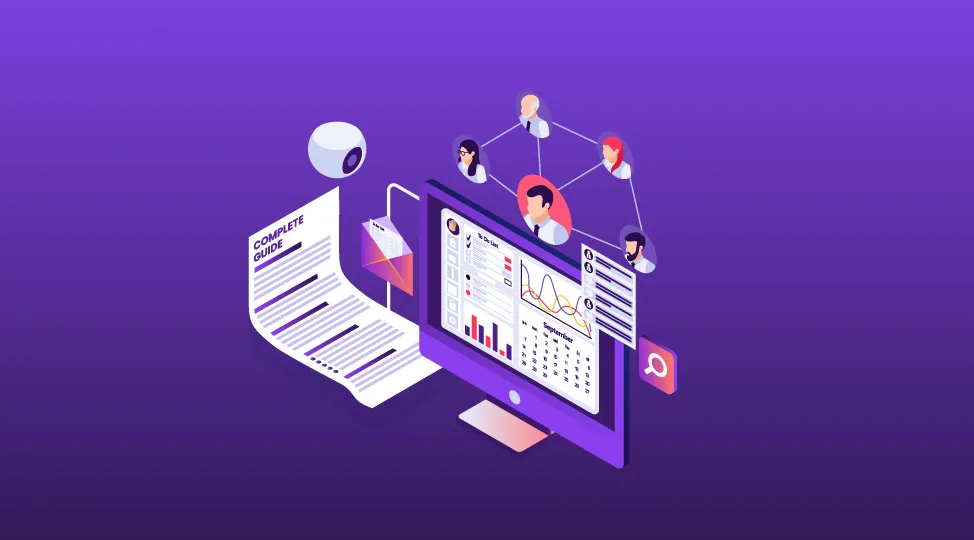
Business

5 min
Plan hr software development the practical way: must-have HRMS features, event-driven architecture, integrations, security controls, and a clear build roadmap. Use cost ranges, effort tables, and partner checklists to choose reliable hr software development companies. See persona-based workflows, a build-vs-buy matrix, and budget levers to launch an HRMS that reduces errors, speeds onboarding, and delivers audit-ready analytics.

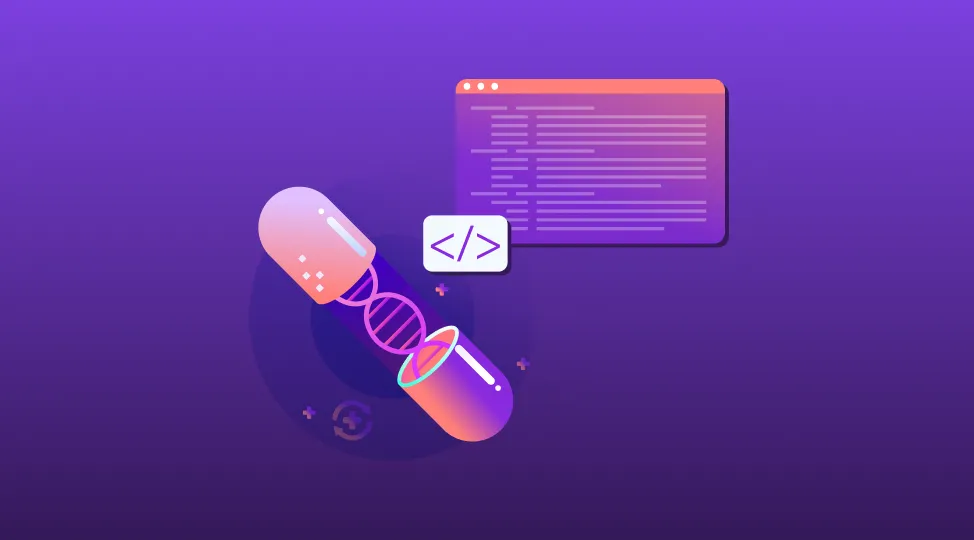
Business

5 min
Learn how pharmacy management software development streamlines dispensing, inventory, billing, and patient engagement. This comprehensive guide covers software types, core modules, tech stack, step-by-step process, must-have 2026 features, costs, and tips for hospitals and independent pharmacies. Build secure, interoperable, cloud-ready pharmacy management software that reduces errors and improves care outcomes.

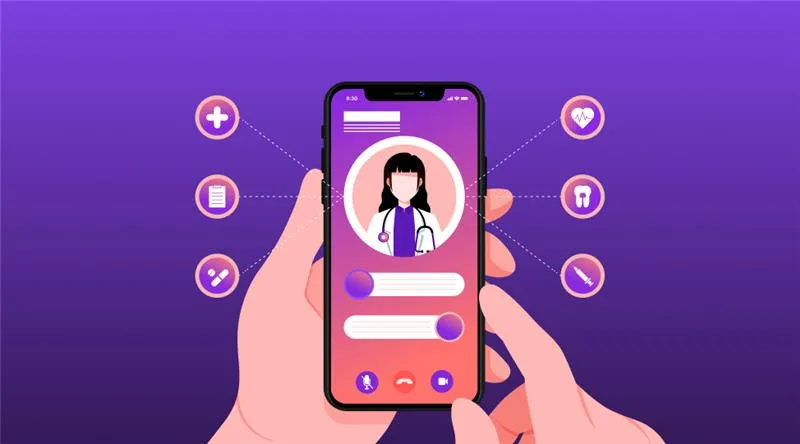
Business

5 min
Telemedicine app development is transforming healthcare by enabling secure, remote care through video, chat, and monitoring tools. Telemedicine apps support urgent care, chronic management, and mental health, while key features include e-prescriptions, EHR integration, and secure payments. Choosing the right telemedicine app development services partner requires proven healthcare expertise, HIPAA/GDPR compliance, scalable cloud architecture, transparent pricing, and strong post-launch support.

Feeling lost!! Book a slot and get answers to all your industry-relevant doubts